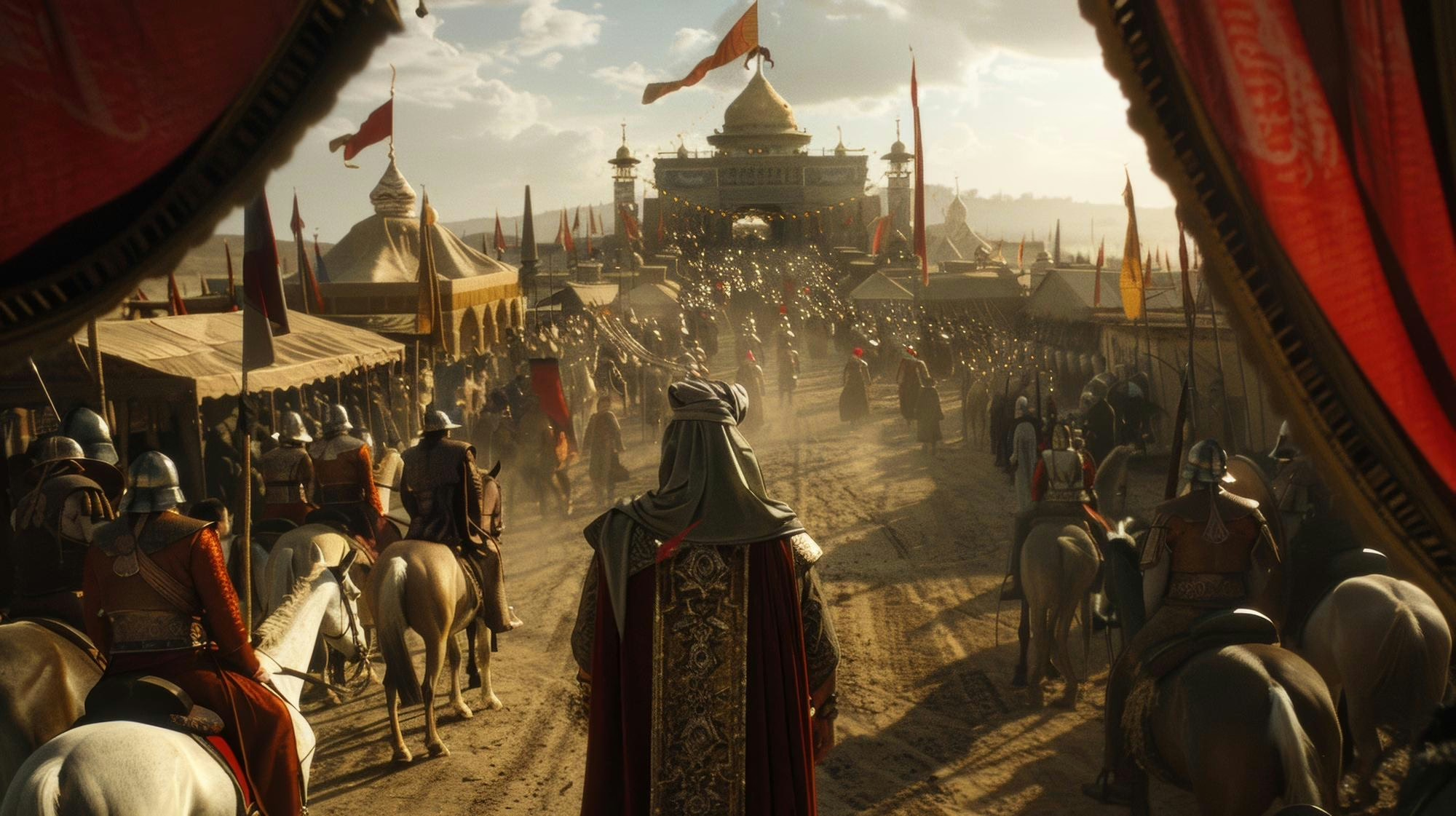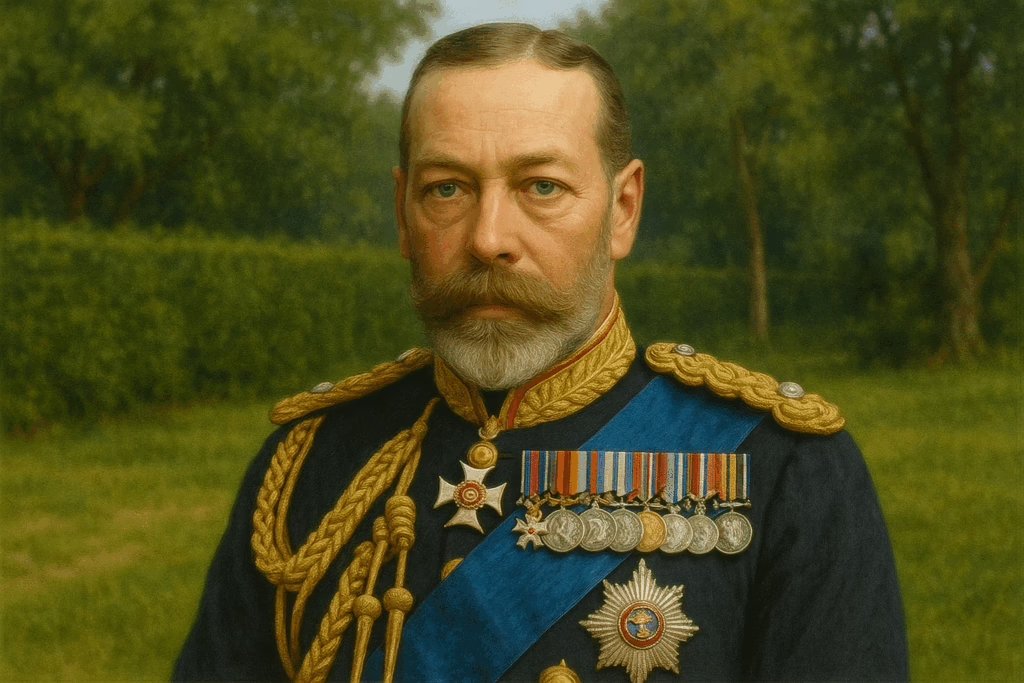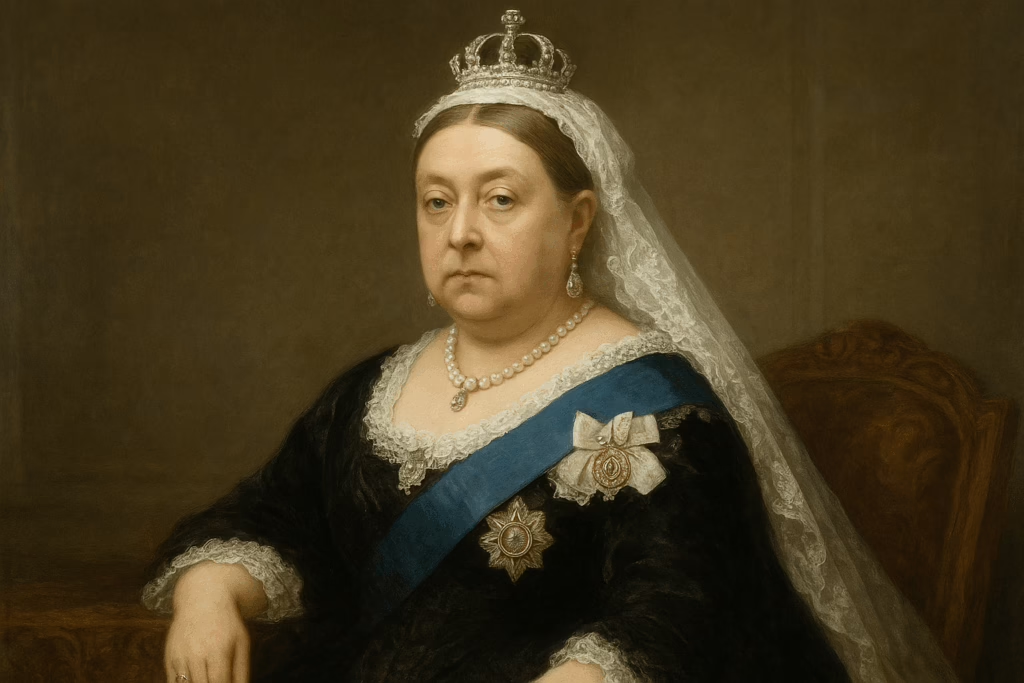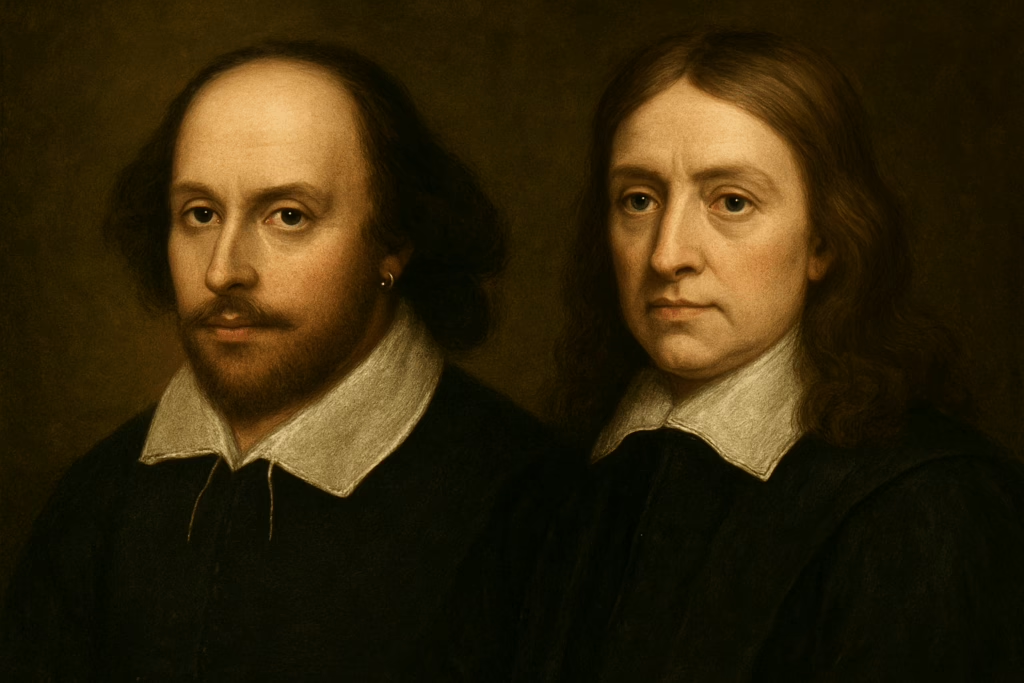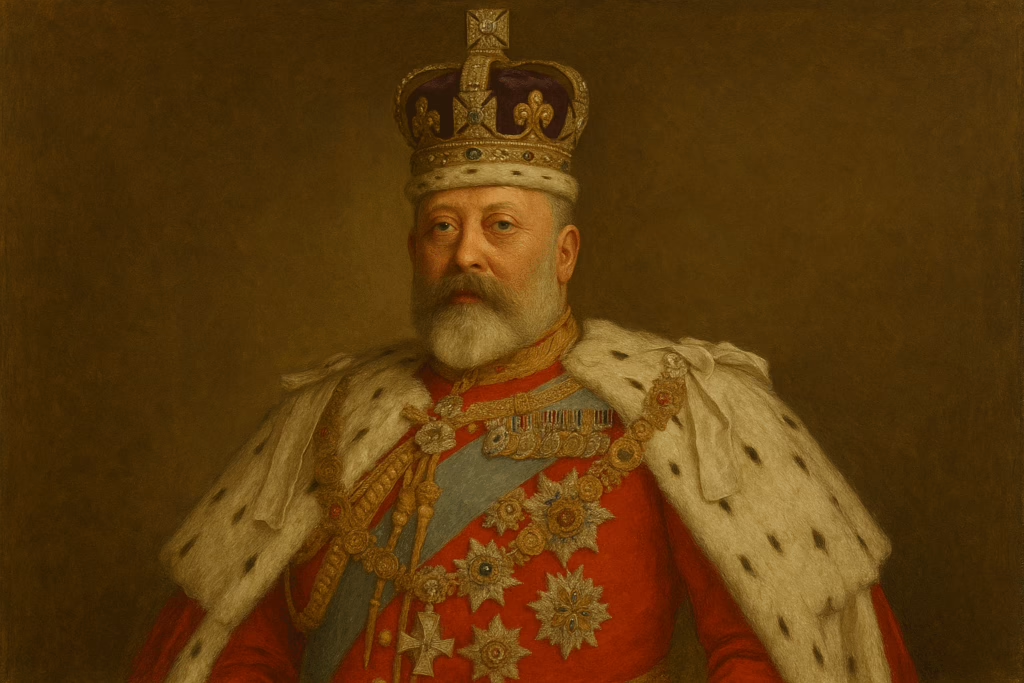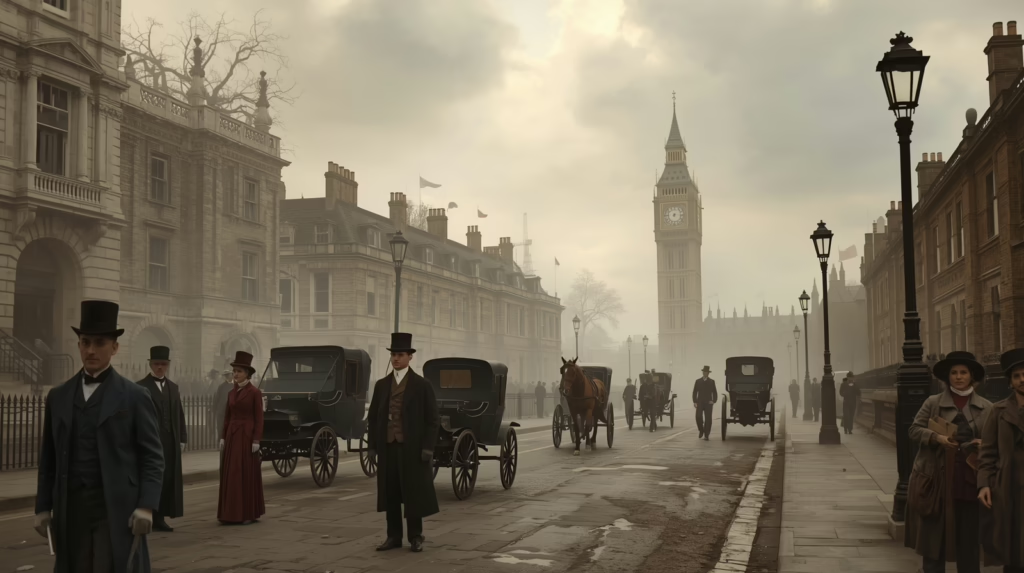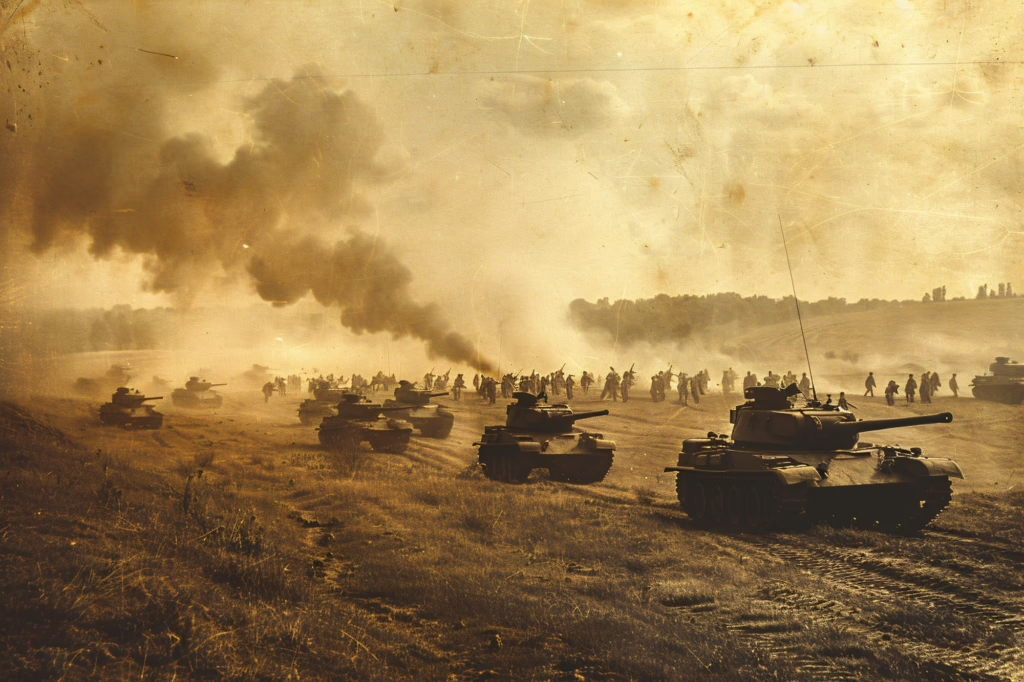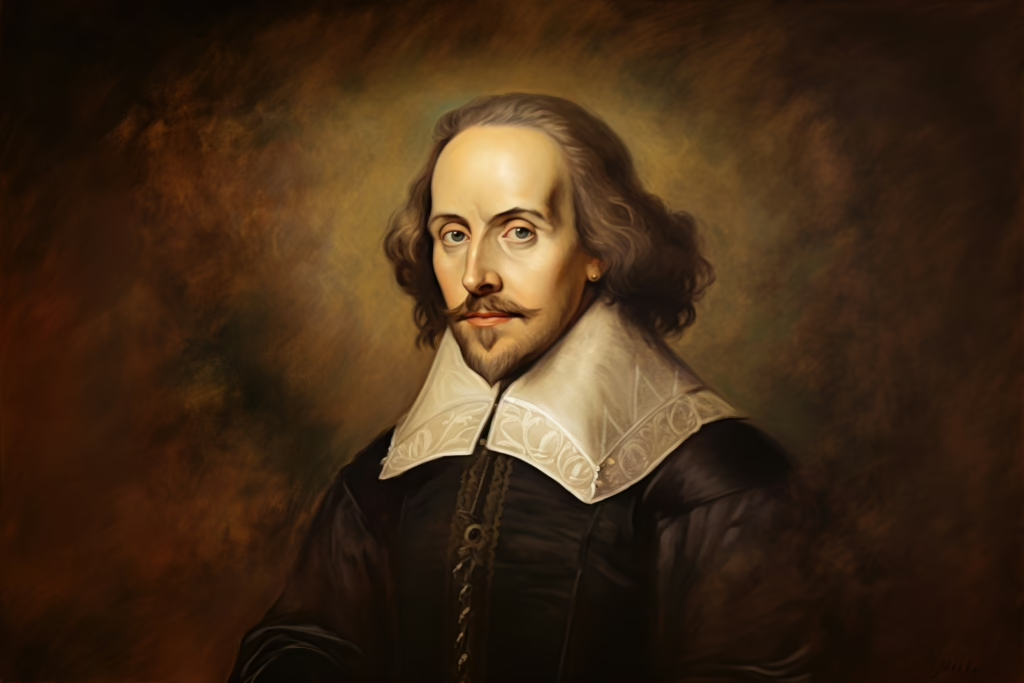Introduction
The Middle English Period marks the second major era in the history of English literature, extending roughly from the Norman Conquest of 1066 to around 1500, the dawn of the Renaissance in England. This period witnessed a profound linguistic, cultural, and literary transformation. Old English gradually evolved into Middle English—a language more flexible and enriched by French and Latin influences.
It was an age of transition: from feudalism to the early stirrings of nationalism, from ecclesiastical dominance to secular awareness, and from heroic oral poetry to more sophisticated written forms. It produced monumental works such as Chaucer’s The Canterbury Tales, which shaped the future of English poetry and storytelling.
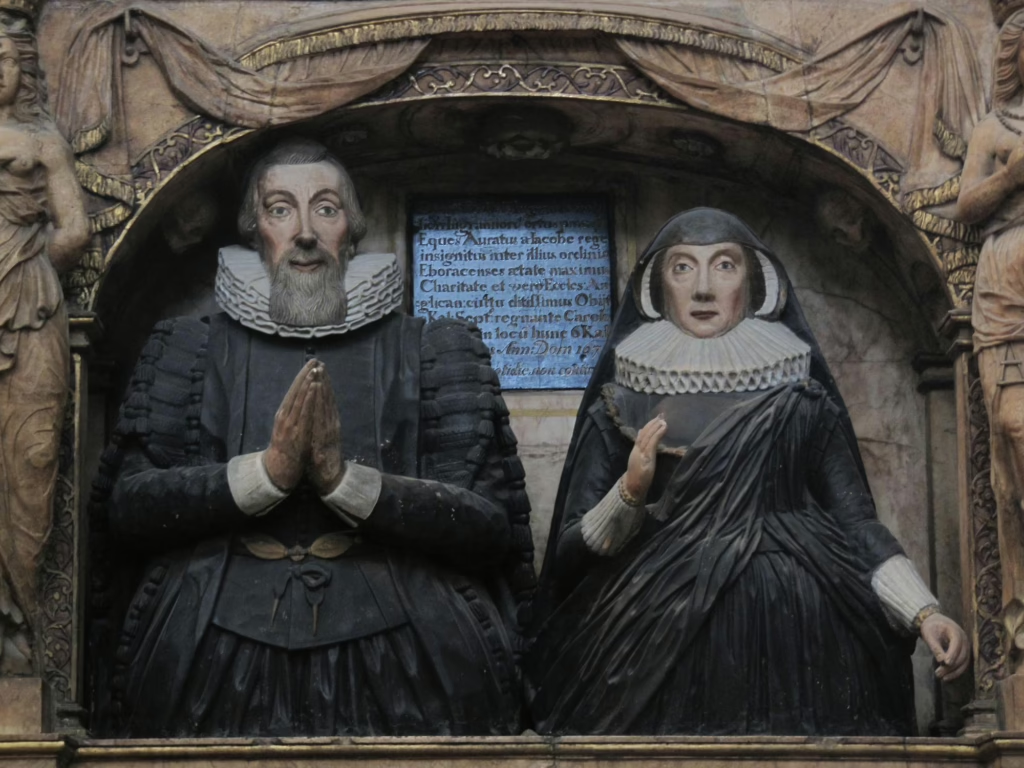
Historical Background and Major Events
1. The Norman Conquest (1066)
- The conquest of England by William, Duke of Normandy, in 1066 was a watershed event.
- The Norman rulers spoke French, and for nearly 300 years, French became the language of the aristocracy, the court, and the law. Latin remained the language of the Church and learning, while English survived as the tongue of the common people.
- Impact on Literature:
- Introduction of French vocabulary, especially in law, administration, fashion, and art.
- Development of Middle English, blending Old English structure with Norman French words.
- Rise of romance literature, influenced by French chivalric ideals.
2. The Crusades (11th–13th centuries)
- The Crusades expanded contact with Europe and the East, spreading new ideas, stories, and learning.
- Impact on Literature:
- Introduction of exotic themes and adventure narratives.
- Growth of religious and moral allegory.
3. The Black Death (1347–1351)
- The plague decimated nearly one-third of England’s population.
- Impact on Literature:
- Deepened awareness of mortality and morality.
- Increased focus on social equality and human suffering, seen in Langland’s Piers Plowman and Chaucer’s social portraits.
4. The Hundred Years’ War (1337–1453)
- Prolonged conflict between England and France strengthened English national identity.
- English replaced French as the official language of government and the courts (Statute of Pleading, 1362).
- Impact on Literature:
- Growth of patriotic themes.
- Rise of English as a literary language of prestige.
5. The Peasants’ Revolt (1381)
- A landmark social uprising against feudal oppression.
- Impact on Literature:
- Emergence of social satire and reformist writing.
- Langland’s Piers Plowman embodies the voice of the common man seeking justice.
6. The Invention of Printing (1476)
- William Caxton established England’s first printing press in Westminster.
- Impact on Literature:
- Standardization of the English language.
- Wider circulation of literary and religious texts.
- Preservation of major works for future generations.
Linguistic and Literary Features
- Language Evolution: Old English grammar simplified; French and Latin vocabulary enriched English.
- Themes: Religion, chivalry, courtly love, morality, satire, and social criticism.
- Forms: Romances, chronicles, allegories, fabliaux, ballads, and drama.
- Metrical Structure: Introduction of rhyme, replacing Old English alliteration; later development of iambic meter.
- Rise of National Literature: By the 14th century, English became the main literary language, thanks to writers like Chaucer and Langland.
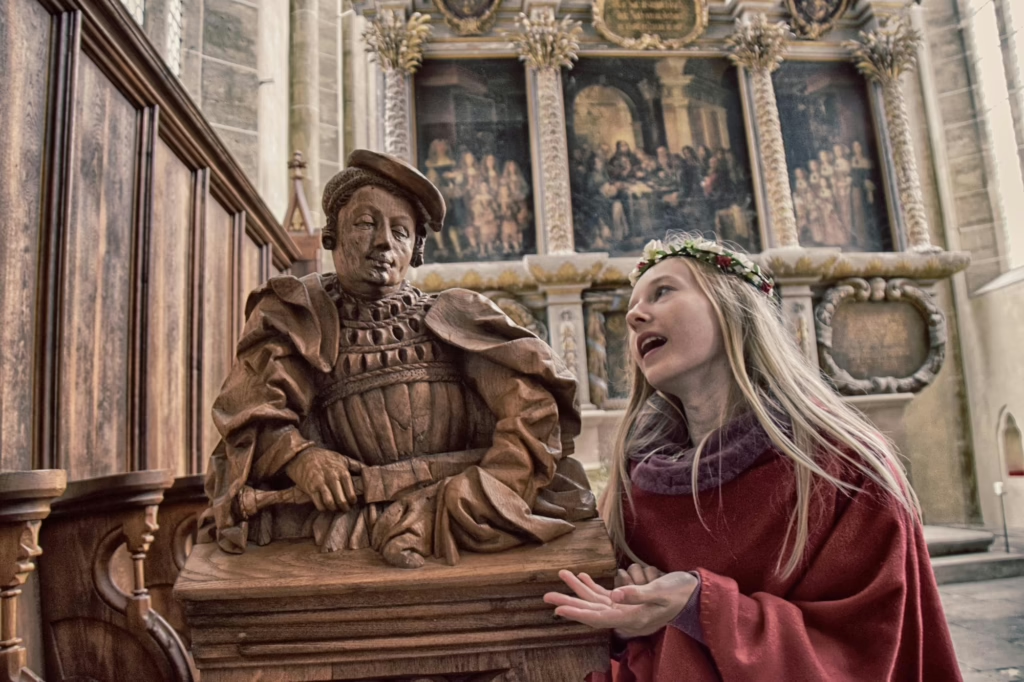
Major Literary Genres and Their Exponents
1. Religious and Allegorical Poetry
Religion dominated much of Middle English literature. Writers used allegory to explore spiritual and moral issues.
- William Langland (1332–c. 1386)
- Work: Piers Plowman
- A moral and allegorical poem written in alliterative verse. It criticizes the corruption of Church and society while seeking a true Christian life.
- Piers (the plowman) symbolizes the honest, hardworking man devoted to God.
- John Gower (1330–1408)
- Works: Confessio Amantis (a moral allegory blending classical and Christian tales), Vox Clamantis (on the Peasants’ Revolt), Speculum Meditantis.
- Gower wrote in English, Latin, and French, bridging linguistic traditions.
- The Pearl Poet (14th century)
- Works: Pearl, Patience, Purity, and Sir Gawain and the Green Knight.
- Sir Gawain and the Green Knight combines Arthurian romance with Christian moral allegory.
2. Secular and Courtly Poetry
Chivalric ideals and courtly love became prominent themes, influenced by French troubadour traditions.
- Courtly Love Lyrics: Emphasized refined emotion and devotion to an unattainable lady.
- Romances: Narratives of knights, quests, and adventure—often idealized and moral.
- Major Works:
- King Horn, Havelok the Dane, Sir Orfeo, The Knight of the Swan.
- Sir Gawain and the Green Knight (also an allegorical romance).
3. The Alliterative Revival
In the 14th century, there was a conscious revival of the old alliterative verse tradition, especially in the North and West Midlands.
- Examples: Piers Plowman, Sir Gawain and the Green Knight, The Destruction of Troy.
- Reflected a resistance to French influence and a return to native English forms.
4. Prose Writing
Prose evolved more slowly but gained importance toward the later Middle English period.
- Religious Prose:
- The Ancrene Riwle (early 13th century): A guide for nuns living in seclusion.
- The Wycliffe Bible (c. 1380): First complete translation of the Bible into English, associated with John Wycliffe, who also inspired the Lollard reform movement.
- Historical Chronicles:
- The Brut Chronicle (Layamon) — a legendary history of Britain.
- The Anglo-Norman Chronicles continued historical narrative traditions.
- Philosophical and Didactic Works:
- Cursor Mundi — a long religious poem narrating the history of the world according to Christian teaching.
5. Drama
The beginnings of English drama lie in religious performances.
- Mystery Plays: Based on Biblical stories (e.g., The York Plays, The Wakefield Cycle).
- Miracle Plays: Depicted saints’ lives and miracles.
- Morality Plays: Allegorical dramas illustrating moral lessons (Everyman).
- Impact: Prepared the stage for Elizabethan theatre.
6. Geoffrey Chaucer (c. 1340–1400): The Father of English Poetry
No account of the Middle English period is complete without Chaucer, whose genius transformed English into a literary language of beauty and precision.
Major Works:
- The Canterbury Tales (c. 1387–1400)
- A collection of stories told by pilgrims journeying to Canterbury.
- Blends realism, satire, humor, and human insight.
- Written in rhymed couplets and iambic pentameter, it vividly portrays medieval society.
- Troilus and Criseyde
- A tragic love story set against the Trojan War.
- Showcases Chaucer’s narrative art and psychological depth.
- The Book of the Duchess, The Parliament of Fowls, The House of Fame
- Dream visions influenced by French and Italian models.
Chaucer’s Contribution:
- Elevated English to the level of French and Latin.
- Perfected the use of rhyme and rhythm in English verse.
- Portrayed a comprehensive panorama of human nature.

Cultural and Intellectual Climate
- Feudalism dominated social life, but the Church’s authority gradually declined.
- Universities at Oxford and Cambridge became centers of learning.
- Influence of the Church remained strong but faced reformist challenges.
- Emergence of Humanism toward the end of the period prepared the way for the Renaissance.
Conclusion
The Middle English period was an age of transition, transformation, and rebirth. It witnessed the gradual emergence of English as a national language, the flowering of new literary forms, and the birth of individual authorship in works like Chaucer’s Canterbury Tales.
The social upheavals—the Black Death, the Peasants’ Revolt, and the Hundred Years’ War—deepened literature’s engagement with ordinary life and moral consciousness. This period bridged the heroic world of the Anglo-Saxons and the humanistic world of the Renaissance, making it one of the most formative chapters in English literary history.

